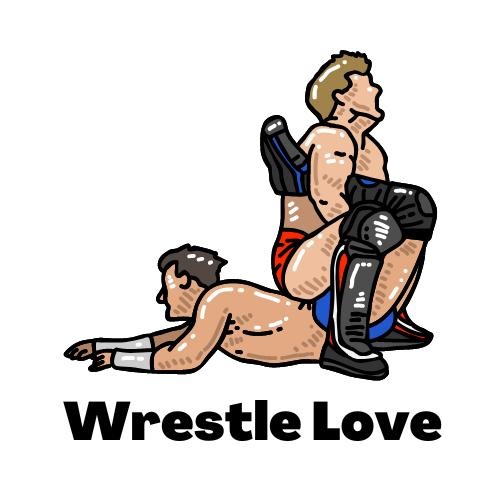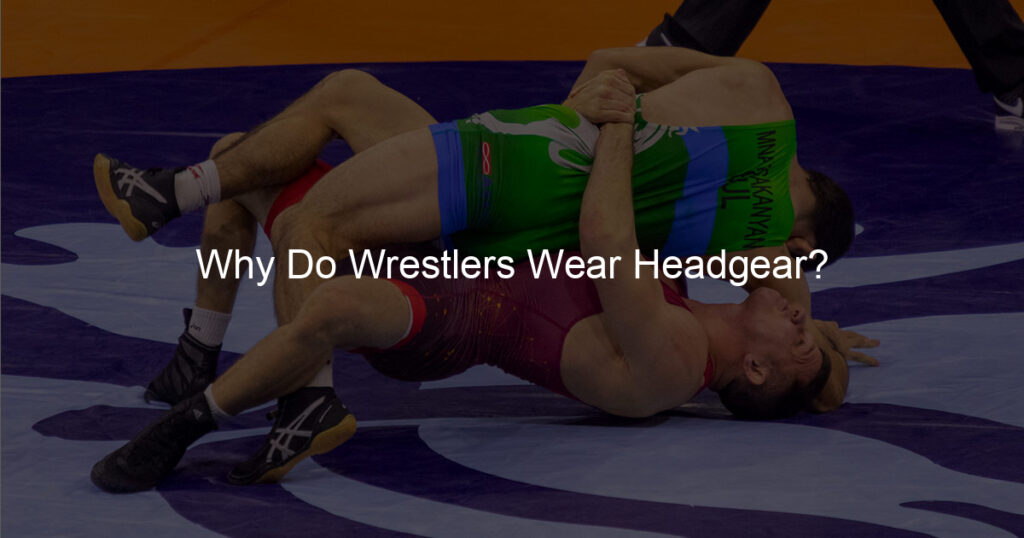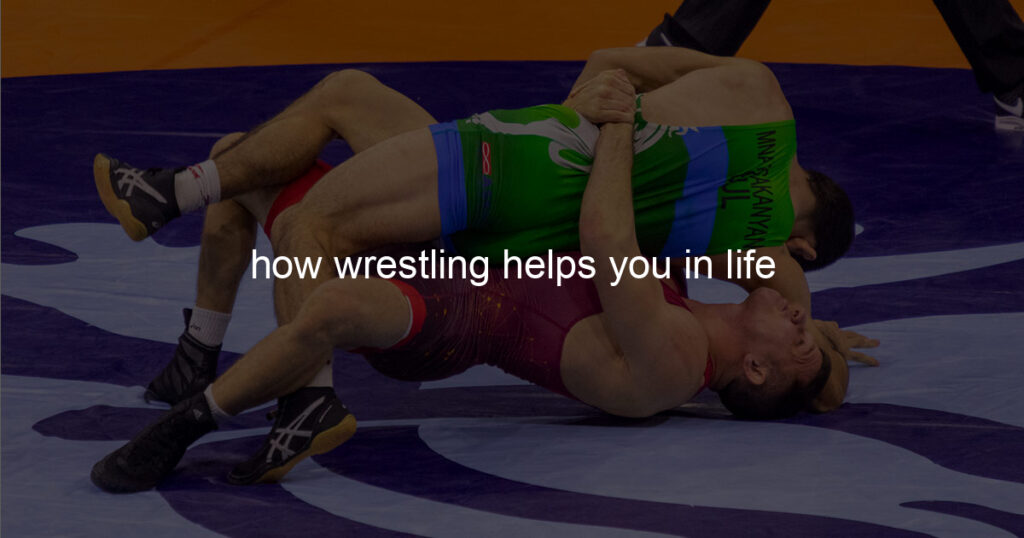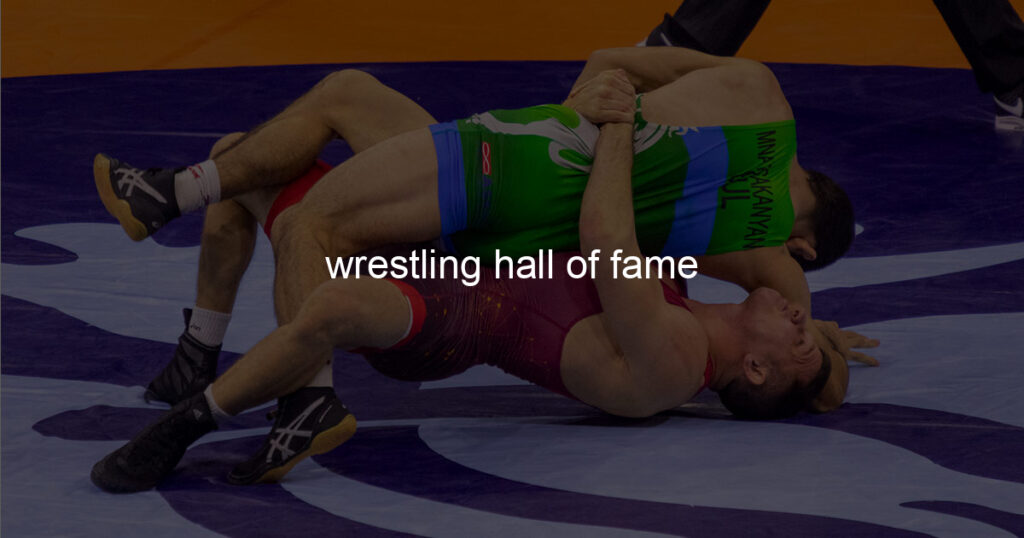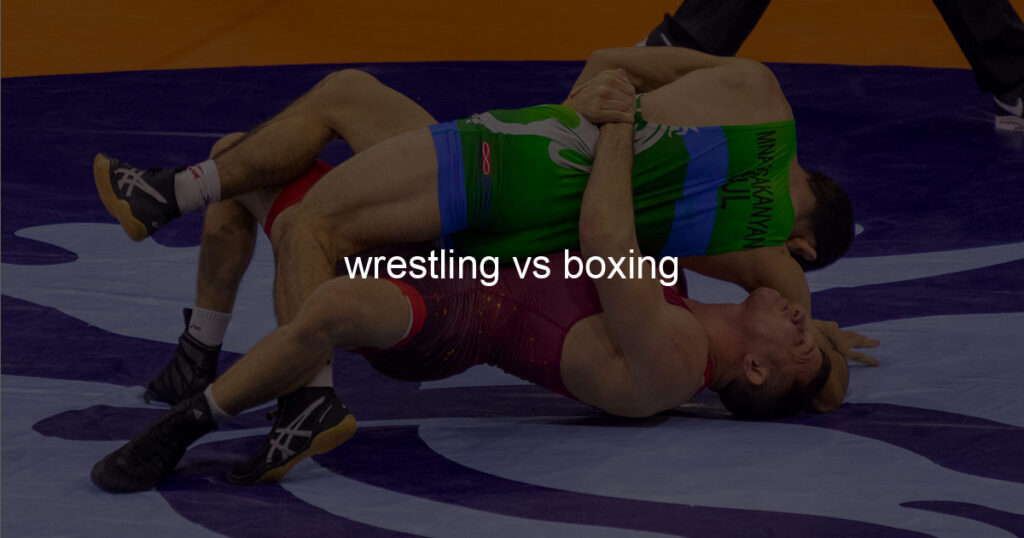For anyone who watches or even participates in wrestling, it’s no secret that headgear is a staple of the sport. But why exactly do wrestlers wear headgear? In this blog post, we’ll take a deeper look into the reasons why participants opt to don protective gear when they step onto the mat. We’ll walk through each factor and explain how wearing professional-grade headgear safeguards one’s noggin during competition and beyond.
Whether you’re an up-and-coming wrestler looking for guidance on which kind of equipment to invest in, or an experienced grappler seeking extra protection before your next match, this article will provide insight into why investing in quality coverings is worth its weight in gold. So buckle up and let’s dive into exploring the essentiality of wearing headgear while hitting the mats!
Does headgear prevent cauliflower ear?
Can wearing a headgear prevent cauliflower ear? The Cauliflower ear, often found in martial arts and wrestling is caused by repeated trauma of the ear over time. This trauma can cause a wide range of issues including swelling and deformity of the affected area.
While wearing a headgear may not be able to fully protect against damage due to impacts or other forms of contact, it has been shown to reduce the chances of developing cauliflower ear drastically. As such, for those participating in contact sports, using protective gear like headgear should always be strongly encouraged, as it could potentially help save both pain and money in the long run.
What happens if you don’t wear headgear in wrestling?
While wrestling may seem like a relatively safe sport, the lack of headgear can be damaging to the head and neck if the proper safety measures are not taken. When wrestlers do not wear headgear, it can increase their risk of a concussion due to increased stress on the brain from hard impacts.
Additionally, without protection to absorb blows, wrestlers may suffer from severe neck sprains or fractures that can result in both long-term pain and possible paralysis in extreme cases. Although many reputable tournaments require wrestlers to wear protective headgear for matches, it is still important for coaches and athletes alike to practice good technique when tackling opponents. Doing so will reduce the risks associated with wrestling even further and ensure competitors stay safe on the mat.
Why do wrestlers get cauliflower ears with headgear?
Wrestlers get cauliflower ears with headgear because of their constant contact with the mat, as well as the friction created and the pressure given when two wrestlers compete against each other. The headgear acts like a splint, making it so that cartilage and skin around your ears are compressed often, which results in swelling.
The headgear helps to reduce trauma when a wrestler experiences a direct impact on the ear and can help keep the ear shape intact, but frequent contact and compression still lead to severe injury and the development of the cauliflower ear.
Can you wrestle without headgear?
Many people wonder if it’s possible to wrestle without headgear. The truth is, it certainly can be done, however, there are inherent risks with doing so. Wrestling without headgear exposes the wrestlers to increased dangers of lacerations and concussions, as well as other serious injuries.
Athletes must weigh these risks against the benefits they might receive from not wearing headgear and decide what fits their own needs best. It’s important to note that many wrestling organizations discourage wrestling without headgear due to the elevated risk of harm involved in doing so.
Do punches hurt less with headgear?
Many people who participate in boxing and martial arts are familiar with the question of whether headgear can help reduce the pain when taking punches. Most experts agree that headgear does indeed provide protection for the wearer, as well as the mildly cushioning impact from blows to the face or other sensitive areas.
However, it is important to note that most of this cushioning occur due to a layer of padding between the wearer’s skin and the hard outer construction of the headgear. This means that while punches may hurt less with headgear, they still possess an element of danger and should be avoided when possible.
In short, wearing headgear during sparring might lessen some pain associated with being hit, but proper technique is still needed to maximize safety.
Summary
As we have seen, wrestlers wear headgear for a multitude of reasons and in various styles. Wrestlers use this essential accessory for protection against harsh blows to the head and ears, as well as for personal safety and comfort. Some wrestlers choose to go without headgear altogether in order to enhance the visual appeal and look like the part of a tough grappler on the mat.
In addition, certain rules may require that a wrestler must always wear headgear while competing, thus emphasizing its important role in wrestling culture. Regardless of why or when one chooses to wear it, wrestlers understand the importance of wearing headgear—and likely never step out onto the mat without it.
